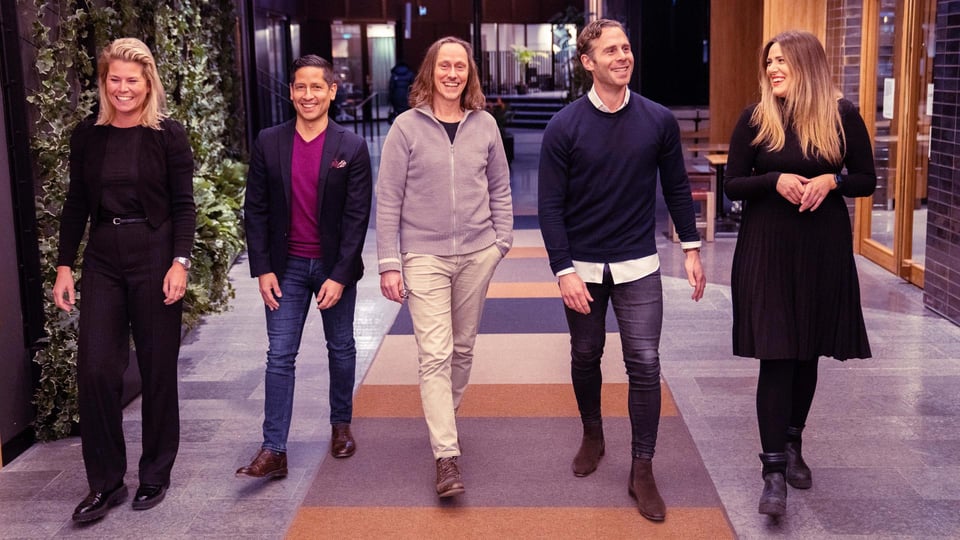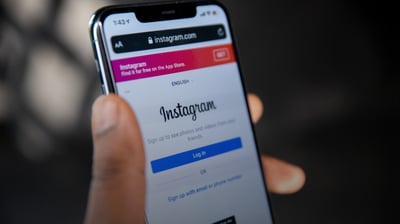Whether recruiters realise it or not, they sometimes are blind when making key hiring decisions due to their unconscious bias. Many aren’t even aware of the fact that they’re undermining the organisation’s diversity & inclusion goals when going about their daily sourcing and screening duties.
And if a recruiting routine is causing candidate bias, it’s clearly time to shake it up. An easy and effective way to avoid bias in the search for top talent is by tapping into the powers of social media recruitment marketing.
In this article we’ll break down the many ways social media eliminates bias in the recruiting process and how it can help you build a more transparent and inclusive employer brand.
The number of worldwide social media users reached 4.2 billion as of January 2021, with Facebook drawing in more than half of those users with 2.74 billion accounts.
Snapchat has had a 22% year-over-year increase in the last year, with 265 million daily active users worldwide (up from 218 million).
Twitter comes in fourth with a whopping 187 billion worldwide users in 2021, closely followed by Instagram and their 1.074 billion active accounts.
And in the professional space where people leverage their social network to actually network, LinkedIn has 756 million members in more than 200 countries and territories around the world.
Long story short: that’s a lot of passive candidates from which to potentially access.
Why is Diversity & Inclusion a Top Priority?
A diverse and inclusive workplace is born from the need to bring the brightest, most capable minds to the table. It doesn’t discriminate against age, gender, race, religion, sexual orientation, or even how many years of experience a candidate has. And luckily many of today’s employers are finally aware of how essential it is to the longevity of the business.
Here are a few other rightful reasons why diversity and inclusion is at the top of every employer’s mind:
- Diverse companies enjoy 2.3X higher cash flow per employee.
- Highly gender-diverse executive teams are 21% more likely to outperform on profitability.
- Diverse teams are 87% better at making decisions.
- Inclusive companies are 1.7X more innovative and 120% more likely to hit their financial goals.
- 67% of today’s job candidates seek out diverse companies to work for.
And, 70% of today’s top executives think diversity & inclusion is an important issue in their workplace. That’s an overwhelming majority of companies working to ensure D&I stays at the top mind.
When thinking about which talent acquisition strategies actually work to strengthen an organisation’s diversity & inclusion goals, social media is one of the best places to start.
By delivering a full spectrum of innovative sourcing strategies for recruitment, social media helps build a robust funnel of diverse candidates without being biased.
How?
When it comes to creating paid ads for recruitment using social media, there are a plethora of firm policies in place that ensure biased targeting based on personal attributes (age, race, gender, etc.) is not permitted.
Facebook and Instagram, for example, strictly enforce an advertising policy that states “ads must not discriminate or encourage discrimination against people based on personal attributes such as race, ethnicity, color, national origin, religion, age, sex, sexual orientation, gender identity, family status, disability, medical or genetic condition.”
LinkedIn upholds a similar policy expressing their lack of tolerance for discrimination based on age, gender, disability, religion, ethnicity, race, color, national origin or sexual preference.
When utilising these popular social media channels to acquire talent, recruiters are inherently working with platforms that eliminate bias, starting from the tippity top of the funnel.
Social media job ads help you reach a larger number of diverse candidates—right where they are. While they sit on their phones or perhaps at their desks scrolling through their newsfeeds, they’re providing this great opportunity to interact with your employer brand using the simple touch of a fingertip or mouse click. So, the further you expand your reach, the more diverse candidates you are able to attract as they flip through their feeds.
To paint a little picture of who could be tuning into your company’s mission, vision, job openings and career page, here are a few facts you should know:
- 71% of social media users are women, according to overall gender percentage use.
- 57% of Instagram users are female and 58% of Snapchat users are female.
- 69% of caucasian people use social media, while 77% of black people use social media and 80% of hispanic people use social media.
The data, as usual, speaks for itself: social media job advertising draws in a more diverse candidate audience.
What does your organisation stand for? If it’s diversity & inclusion, it’s time to share your why’s where it matters most: on social media.
It’s almost inevitable that candidates will look to your company’s social media profiles to properly vet you. These potential candidates are searching for answers about what it’s like to work at your company, what values you uphold, what your culture represents, and how you interact with your key constituents —before they even get to the interview stage of the hiring process.
And guess what? Sixty-nine percent of those candidates would reject a job offer from your organisation if they think you have a bad employer brand…
The best recruitment advertising is unbiased, inclusive, and able to leverage innovations like social media, AI and data-driven decision making.
We hope this article gave you the data you need to align your talent acquisition strategies with your diversity & inclusion initiatives.
And it all starts with stopping the recruitment bias in its tracks. How? By leveraging social media.








